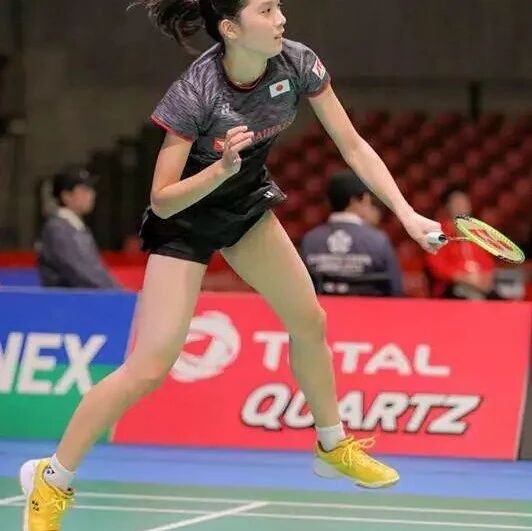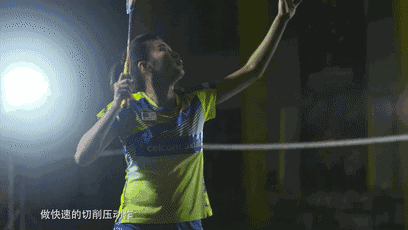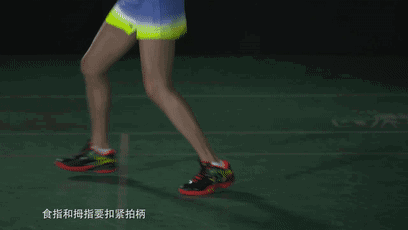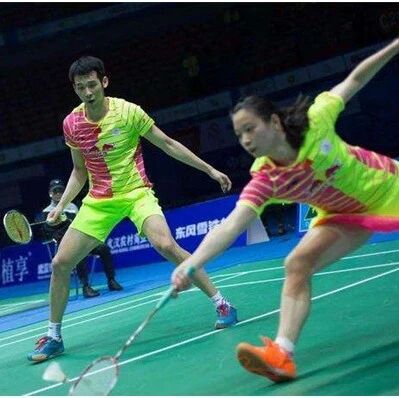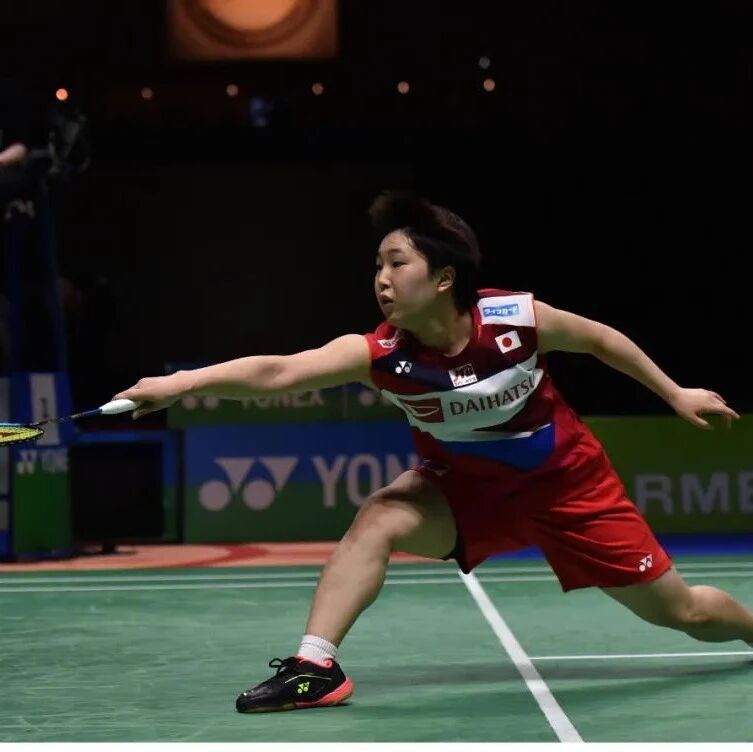
In badminton, besides footwork and technique, the choice of hitting point can directly affect the quality of your return. Sometimes, you might notice your returns are weak and lack power, or perhaps a shot that should have cleared the net doesn’t make it over, while a perfectly timed smash ends up feeling awkward—these issues could all be linked to where you’re striking the shuttlecock.
The choice of the hitting point directly influences the quality, speed, and direction of your return; hitting at the optimal point ensures a fast, precise, and high-quality return. If you fail to identify that perfect spot, though, you’ll likely end up with the issues mentioned earlier. Today, let’s analyze the hitting point together.
The hitting point must be kept forward.
Hitting the ball with an "early contact point" typically means striking it in front of your body, actively meeting the incoming shuttlecock. This technique is ideal for a variety of shots, including flat clears, flat pushes, drop shots, smashes, and net rushes. Balls hit this way tend to have shorter return distances, faster speeds, greater power, and highly versatile angles—making them both precise and dynamic in play.
The hitting point is slightly forward on the forehand side.
Hitting the ball at the highest point in front of your body is known as a high hitting position, which also involves actively meeting the incoming shuttlecock. This technique is most commonly used for smashes and clear shots. By seizing control of the high hitting point, you can give your return a much stronger, more aggressive edge. Particularly with smashes, the higher the hitting point, the greater the angle between the ball’s trajectory and the playing surface—and the faster the shuttlecock will travel. As a result, it becomes far more challenging for your opponent to reach the shot, forcing them to respond passively by lifting the shuttlecock back up into the air.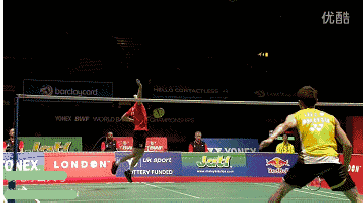
Lin Dan attacks the net with a powerful smash.

Jump smash is performed to hit the ball at the highest possible point.Hitting point is further backIf the hitting point is behind you and you can barely reach the ball, it means your hitting point is too far back. This type of shot is typically a passive return—often occurring when your opponent pushes the ball deep into your court, or when they lob it into an open space, leaving the ball already positioned behind you. At this moment, your angles are limited, and you’re unable to generate full power, directly affecting the quality of your return.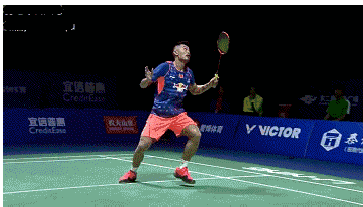
A return with the hitting point positioned further backLow positions generally refer to: the hitting point being too close to the ground. This usually occurs after the opponent’s smash, or when they play a cross-court drop shot or flicked ball. In such situations, your only option is to lift the shuttlecock high over the net. It’s a classic example of a passive return, a scenario frequently encountered during defensive play in doubles matches.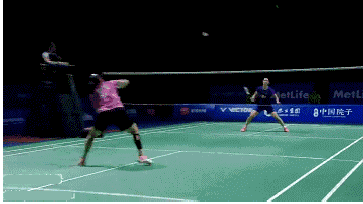
The ball is too far forward—there’s no time to reach it.However, there’s another scenario for a low hitting point: the feint. Let’s take a look at Lin Dan’s classic low shot.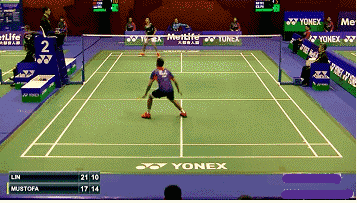
No attempt to grab the high point—instead, deliberately chip the ball from a low position and fake the move.We’ve summarized four common hitting points: hitting the ball early, hitting at a high point, hitting late, and hitting low. Now that you understand these scenarios, how do you choose the optimal hitting point? Aim to actively meet the incoming ball—specifically, position yourself to hit early and opt for a high-point strike. This approach not only makes your returns more aggressive but also allows for greater variety in your shot trajectories. Here are a few tips that we hope will be helpful to you.1. Judgments must be accurateYou need to anticipate the ball's trajectory based on your opponent's return motion and prepare to start moving in advance. Aim for accurate judgment and quick reactions, as this will create the ideal conditions for swift footwork and rapid movement across the court.
2. Ensure your footwork is correct.When you see the incoming ball, you need to move correctly and quickly—so practice your footwork well. Otherwise, even if you can spot the ball, you won’t be able to reach it in time.
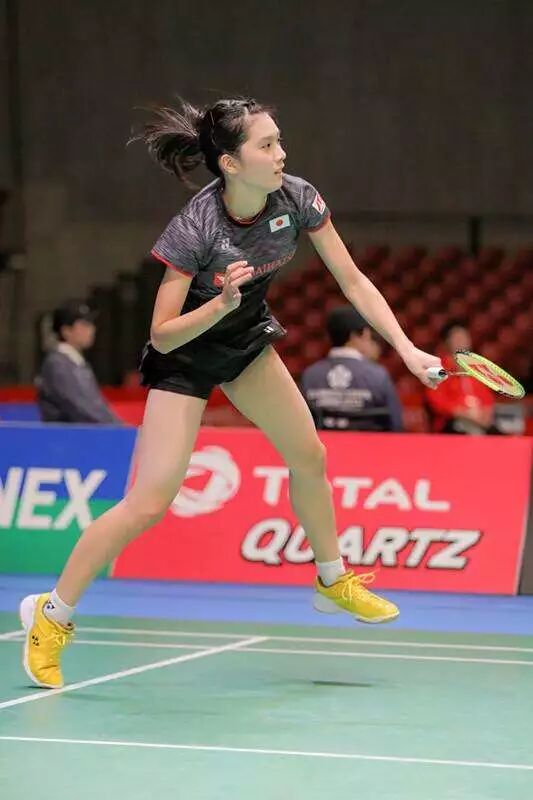
3. Make your return shot quick and swift
To seize the early and highest hitting points, you must swing quickly—missing the opportunity or hitting too low will leave you unable to generate enough power. However, be mindful: if you start your backswing too early, before the ball has even begun its descent, you’ll end up missing the sweet spot altogether. Practice diligently to pinpoint the optimal hitting point every time.
More badminton tips and insights:
If you master this technique, you'll never feel flustered again when facing a smash.
Why do blisters form on the soles of your feet when playing badminton? 90% of cases are linked to these 3 reasons.
You're out of touch—when it comes to handling high-quality badminton drop shots or flicks, all you can do is lob the shuttlecock?
